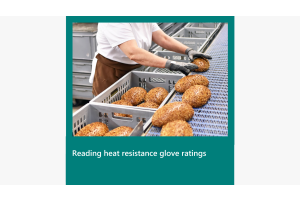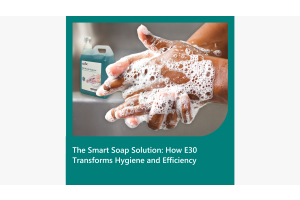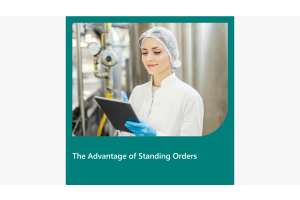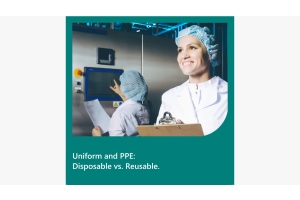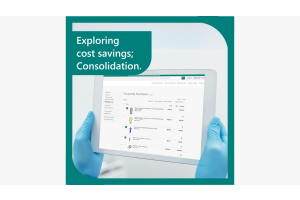Are Vinyl Gloves still relevant in the Food Industry?
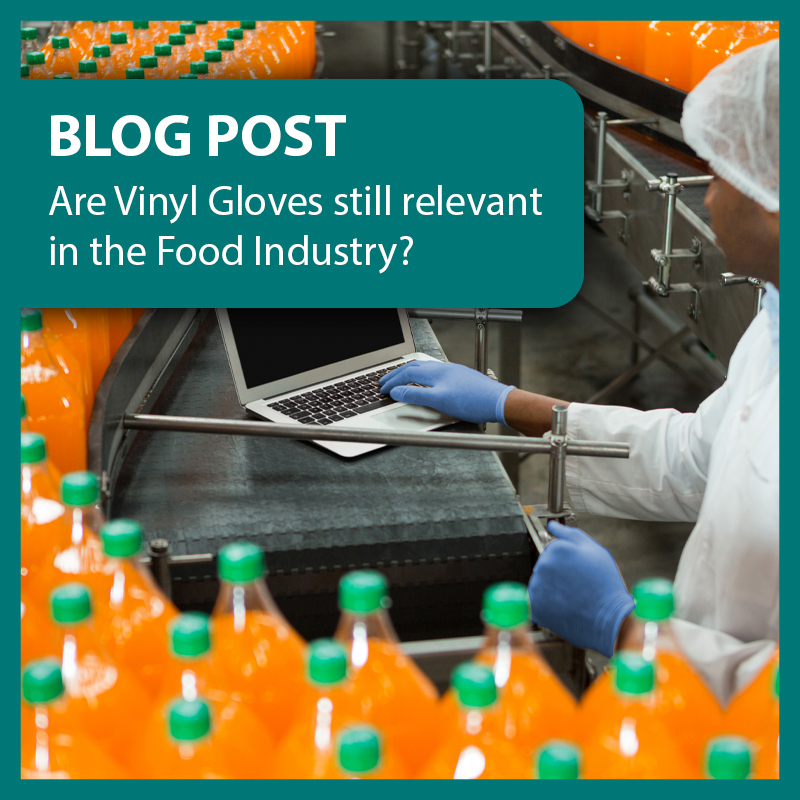
What is a vinyl glove? A vinyl glove is made from Poly Vinyl Chloride (PVC). It is typically a cheaper quality thin glove which is worn in instances where regular changing of gloves is required. Usually due to environments where multiple ingredients in use, cannot mix and become contaminated.
Vinyl gloves have gradually been replaced with Nitrile gloves. Nitrile is a synthetic rubber which is stronger, thicker and food safe.
Vinyl gloves are not as popular as they were, due to their quality. The material tends to be less elastic and breaks frequently, often when first donned. In addition to this, the material is slightly porous, meaning they can absorb moisture which is a contamination risk. However, as they are only worn for a short period of time, this often isn’t too serious.
A mixed vinyl and nitrile glove is often more appropriate as the quality is enhanced. Besides the strength the glove is more flexible, this means donning the glove is a quicker process and the likelihood of it breaking is reduced.
Typically, nitrile gloves are recommended in most situations, however it is understandable that the price is more appropriate for a multi-ingredient product. It is advisable to trial the range of gloves from vinyl, vinyl/mix, and nitrile, to find the most appropriate option for your team.
Food safety is a primary concern, so it’s important to consider the options and ensure you have the most satisfactory product.
- Colour Coded Hygiene (17)
- Metal Detection (4)
- Food processing products (33)
- Product Comparisons (31)
- Food Safety (18)
- Procurement (11)
- 5S (5)




